Chevelles just won’t quit
Want a better understanding of what’s driving collector-car values? Sign up for the Hagerty Insider newsletter.
Chevelle—it’s the bread-and-butter muscle car from GM’s bread-and-butter brand. The midsize Chevrolet is the fourth-most insured car on Hagerty’s policies by make and model. That’s at least a little bit surprising, isn’t it? You haven’t been able to buy a new Chevelle in 46 years. You haven’t been able to buy a fast one for even longer. Yet they’re always in demand, still relevant in the hobby, and have cross-generational appeal. Few defunct badges in the muscle-car world carry as much cachet as C-H-E-V-E-L-L-E.
Changes for this midsize Chevy over its 14-year life were rarely dramatic, often more evolution than revolution. Because of this, as well as all the body styles, trims, and engines available, telling one from the other can be a little tricky at times. These subtle differences can have a huge impact on performance and price, though: The cheapest first-generation (1964–67) Chevelles in the Hagerty Price Guide don’t even crack ten grand in #2 (Excellent) condition, but the most expensive ones can be worth 15 times as much. (Read the Buyer’s Guide on 1964–67 Chevelles here.)

From the standpoints of styling and speed, the car’s apex was probably 1970, at the height of the muscle-car wars. Mention a classic Chevelle in conversation and most will probably conjure a ’70 Sport Coupe with bright paint, contrasting stripes on the hood, and a honking LS5 or LS6 454-cubic-inch V-8 rumbling underneath.
Or maybe that’s just what this writer thinks. For Mike Walsh, who graduated high school in 1967, his ’67 SS 396 that he restored with his son is all the Chevelle one would ever need. He’ll probably never sell his Marina Blue big-block, and after spending a few hours with it, it’s easy to understand why.
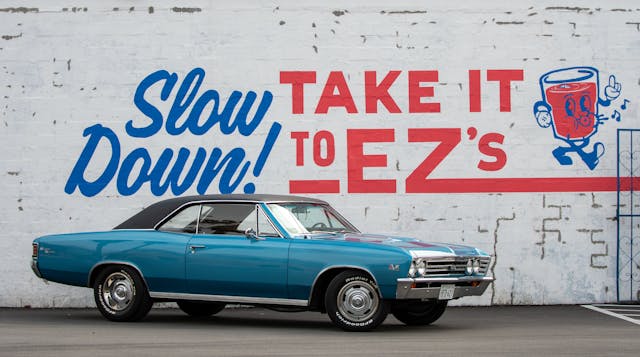
Debuting in 1964, the Chevelle was Chevy’s pitch to the burgeoning midsize segment. Touted by ads as “The Quick-Size Chevelle for the Driving Man,” it slotted in above the Corvair and Chevy II but under the full-sized Impala. Looks were handsome if a tad conservative, with a straightforward three-box design and fashionable four-headlight setup. Although the “first muscle car” honorarium is often bestowed on its A-body platform-mate, the Pontiac Tempest GTO, the Chevelle was pretty quick on the scene with various 283- and 327-cubic-inch V-8s and Super Sport models with “Malibu SS” badges on the rear quarter panel. Though the 396-cubic-inch V-8 was an incredibly rare option in 1965, the SS 396 rolled out in 1966 as its own more comprehensive, muscle-oriented trim level (or “series,” in Chevrolet-speak).
That was also the year for the Chevelle’s first big facelift, with new sheetmetal almost top to bottom. The fenders cut forward towards the headlights for a more aggressive, motion-implying front end, while the fenders got rounder and bulged at each end for the “Coke bottle” styling that became all the rage for American muscle in the second half of the ’60s. The bulging hood scoops didn’t do anything functional but they looked the part, and the roof on the coupe models swept back more gracefully than the roof of the ’65.
The SS 396 was the hottest model offered, and came in three different outputs with a few available transmissions. All engines displaced, you guessed it, 396 cubic inches. Starting with the 325-hp L35, buyers could move up to the 360-hp L34 that sported a more aggressive cam, or the 375-hp L78 that had solid lifters, 11:1 compression, rectangular-port heads, and an aluminum intake manifold. A three-speed manual, close- or wide-ratio four-speed, and Powerglide automatic were available.
You’ll need a Chevelle spotter to tell a ’67 apart from a ’66: The chrome lip along the front got thinner, the hood gained a power bulge toward the windshield, and the rear end was restyled with standard backup lights. But under the skin there were two significant updates. The stout three-speed TH400 automatic, beloved by drag racers and hot rodders, joined the transmission lineup as an extra-cost option. Disc brakes also became available for the first time as a $79 option, as GM finally realized that even the optional sintered-metallic drums weren’t up to the task of stopping its big-block bruiser.
Walsh’s Chevelle is from the first generation’s final and arguably best-looking year. It’s a 350-hp L34, four-speed with a Positraction limited-slip rear end. There’s nothing shouty about it—the in-your-face scoops, decals, and various decorative appendages that would embody peak muscle car were still a few years out. This ’67 is straightforward mid-’60s muscle with understated angles and bulges. Indeed, that’s part of the appeal of the Chevelle. Is it sexy? Not exactly. But it sure is handsome.
That word wouldn’t have always described this particular Chevelle, however. It was a $1000 hulk when Mike’s son Chris bought it in the mid-2000s, with not much left from the firewall forward. Chris’ plans to gift it to his dad moved forward a bit when the storage situation suddenly changed.
“[Chris] just called me up one day and said, ‘Hey, are you gonna be home Saturday?’” Mike remembers. “Then he says, ‘Good, just want to make sure you’re there when I bring her by.’ I thought he was bringing home a girl.”
The car had obviously led a hard life, but research revealed it was a genuine SS 396. Although the Walshs’ stable includes a Buick restomod, a C6 Corvette track car, and a handful of other modified machines, they aimed to keep the Chevelle classic and mostly correct. It was originally finished in Royal Plum, a rare shade, but neither Mike nor Chris cared for it, so Mike picked Marina Blue with black vinyl roof instead. It’s a clean choice that shows off the car’s lines well. The Rally wheels and beefy Radial T/As don’t look bad, either. The original, unused plates from 1967, which are available and legal on classics in Texas, are another nice touch.
Speaking of the vinyl roof, it’s practically the only job this father-son pair didn’t tackle. From mechanicals to paint, they did nearly everything themselves to bring the car back to factory specs. The effort stretched out several years, as these things tend to do when you’re restoring something in your spare time and not to pay the bills. Mike is retired now, but was still working when Chris surprised him with the car. They’ve made minor tweaks and improvements since they finished it, but is always ready to drive and enjoy. This Chevelle lives up to the original SS396 ads that promised “a severe compulsion to go driving.”
The roomy interior has the usual bucket seats, and they afford a commanding view, though the upright position is not quite what you’d describe as “Super Sport[y].” Other than the sheer number of cubic inches combusting in front of you, nothing else about the car feels particularly big or beefy. This is a midsize, after all.
Another thing the old ads promise is that the SS 396 “maneuvers like magic.” Perhaps that was the case in the ’60s, but certainly not by the standards of, say, anything after 1980. That charmingly thin, almost delicate steering wheel, the kind you only get in a car made long before airbags, takes a lot of input before the car actually turns. It gives little in the way of feedback, and you more float through a turn than power around it. If you’ve ever driven a hefty American car from the ’50s or ’60s, though, none of this is unfamiliar stuff. And it’s never the steering wheel that’s the star of this show, anyway. It’s the thundering bits under the hood.
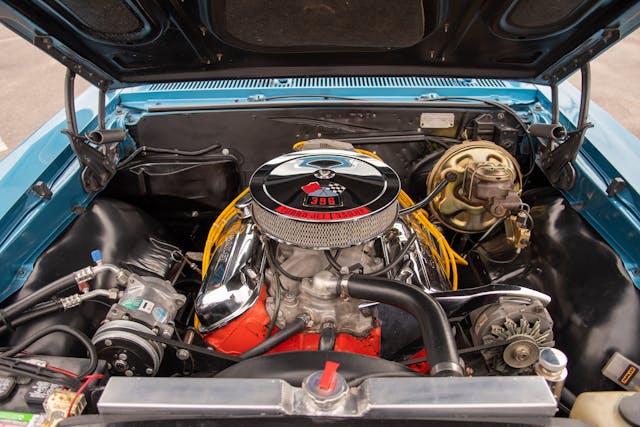
This SS 396 makes it easy to see why people pay up for a big-block. It’s got all the noise and burble of any good pushrod V-8, but also shoves you in the back with the kind of thrust that is still a hoot even through twenty-first century eyes. The old suspension and primitive perimeter frame underneath you only amplify that feeling—between the buoyant ride and the all-day torque, it’s a piece of work in the best possible way. The Muncie four-speed is a good one, smooth and predictable in its shifts, and the clutch is only mildly heavy. This car is great for cruising, and for stomping on it when you get the urge.
The Walshes use their Chevelle exactly how most other owners use theirs—casual driving and the occasional car show. That there’s a big world of others doing the same is a big part of the appeal. The exclusivity of a rare, unusual, or extremely pricey car is nice for some, but there’s a real draw to the sense of community, leagues-deep knowledge base, endless resources, and easy parts availability that come with every Chevelle.
With over 72,000 Chevelle SS 396s built in 1966 and more than 62,000 in 1967, they’re not hard to find, but they have pretty much always been cool. And cool is always in demand, which is partly why clean examples tend to fetch prices consistent with rarer muscle cars and other common but perennially in-demand favorites like Corvettes and high-spec Mustangs. The #2 (Excellent) value in the Hagerty Price Guide for a ’67 SS 396 L34 Sport Coupe is $66,900, and the #3 (Good) value is $57,200. The equipment and condition of the Walsh’s car put it somewhere in the middle.
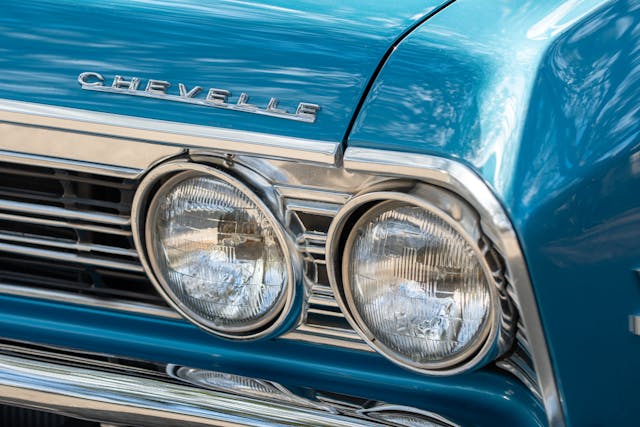
Another big part of the appeal is versatility. With 1.6 million first-gen Chevelles built, trims ran the gamut from barebones to near-luxury, engines ranged from stodgy sixes to monster V-8s, and body styles from sunny-day convertibles to utilitarian station wagons. The engine bay is big enough to accommodate a variety of classic or modern powertrains, and the aftermarket for Chevelles is bigger than almost any car we can think of that’s no longer in production.
And since so many people either own one, used to own one, or know somebody who owns one, driving a Chevelle means you’ll never run out of enthusiasts to share stories with. After my day with the Walshes and their SS 396, I was reminded that that’s a big part of why we’re here, and why we keep cars like the Chevelle alive.
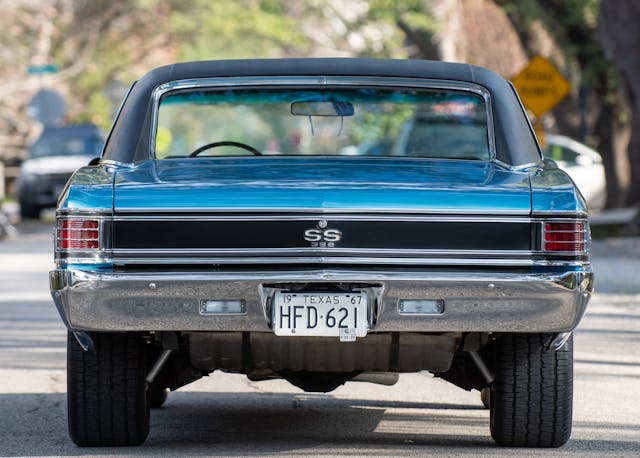
Data Dive: No, Chevelles aren’t just “boomer cars”
You’d think a 1960s muscle car with a badge that disappeared nearly fifty years ago would hold little interest to younger collectors. That would be incorrect. Although baby boomers do account for a slightly higher-than-average share of those calling us for insurance on them, interest among Gen-Xers and millennials is strong. That widespread interest helps explain why values have steadily risen in the past decade.
***
Check out the Hagerty Media homepage so you don’t miss a single story, or better yet, bookmark it. To get our best stories delivered right to your inbox, subscribe to our newsletters.
Via Hagerty Insider

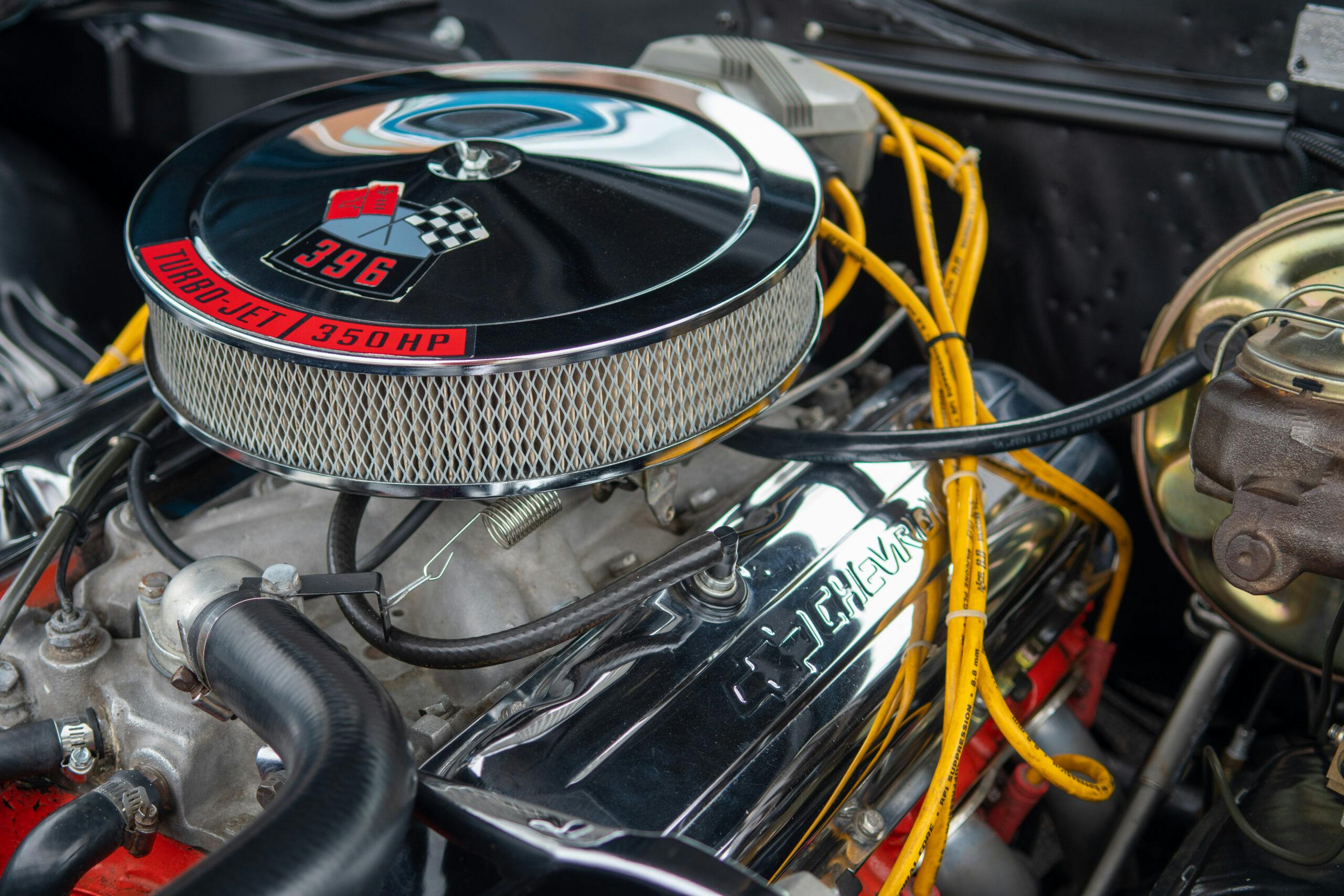
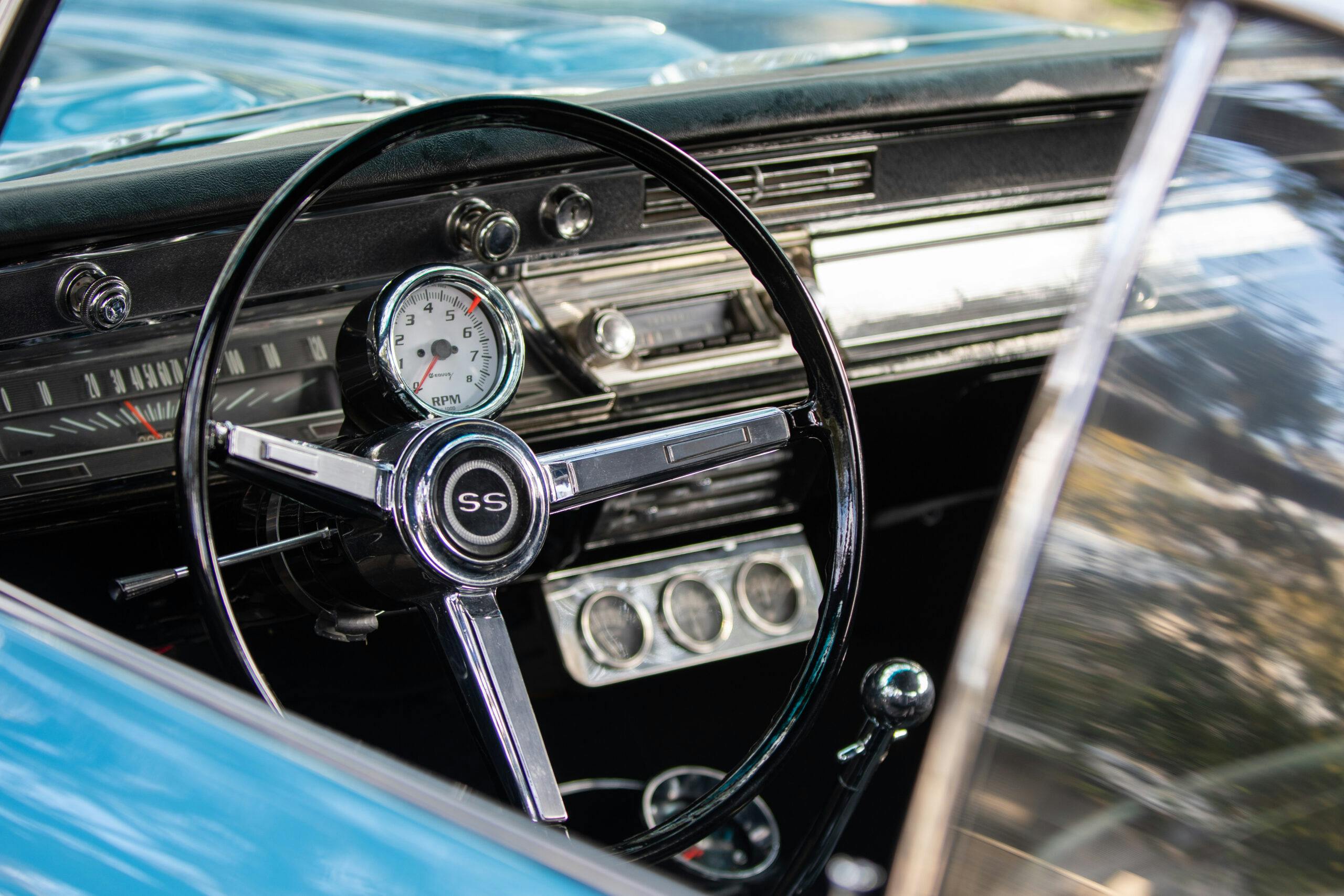
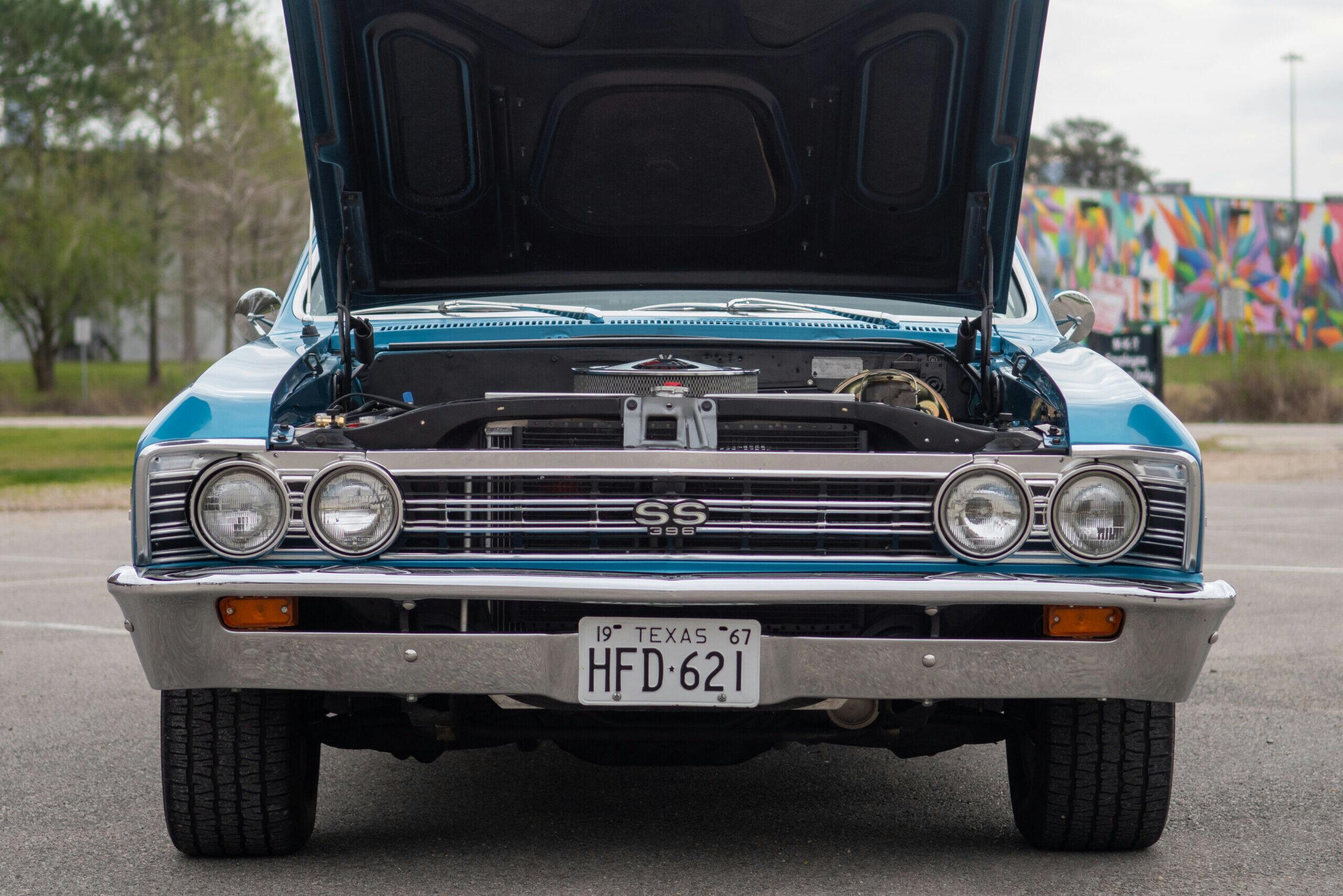
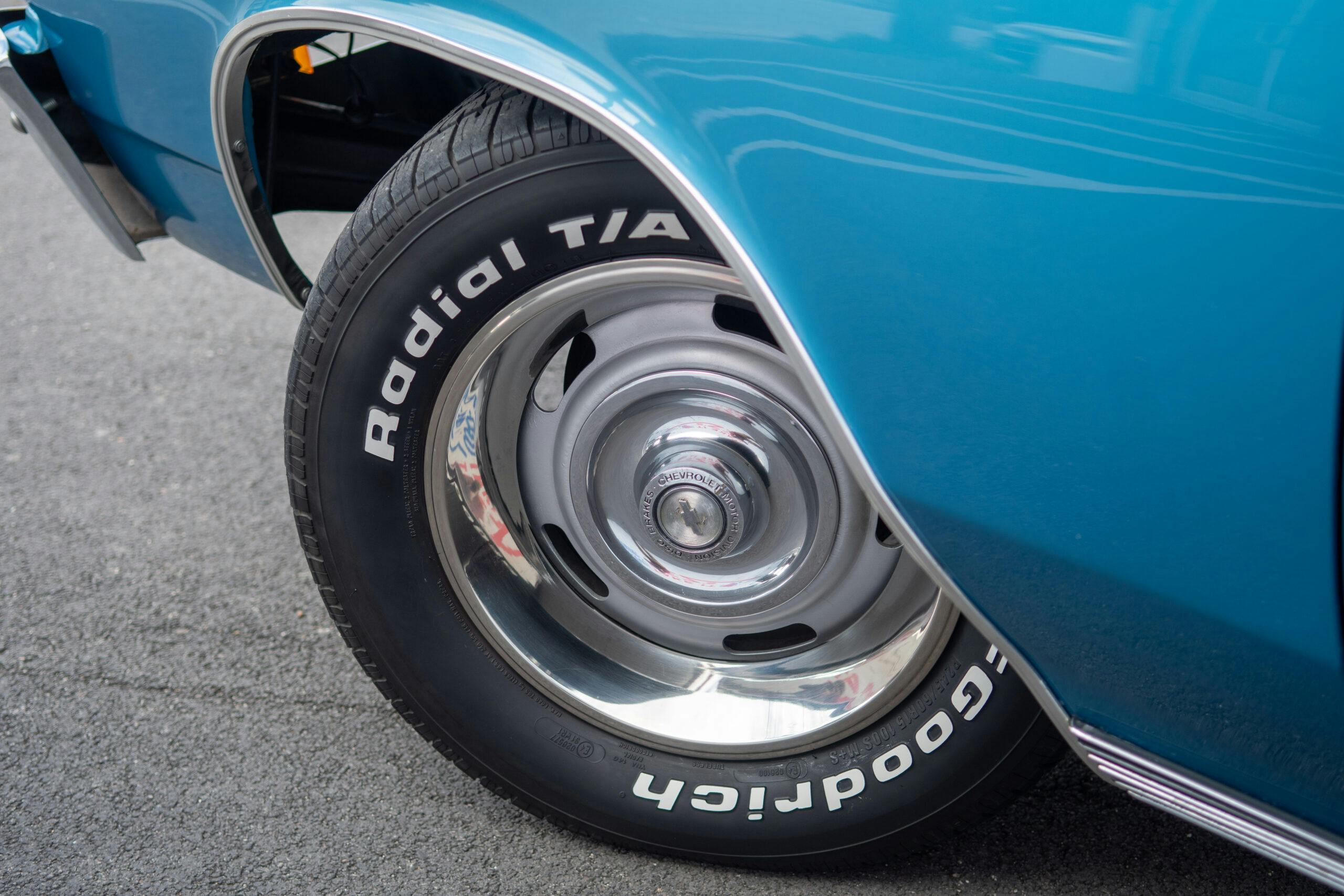
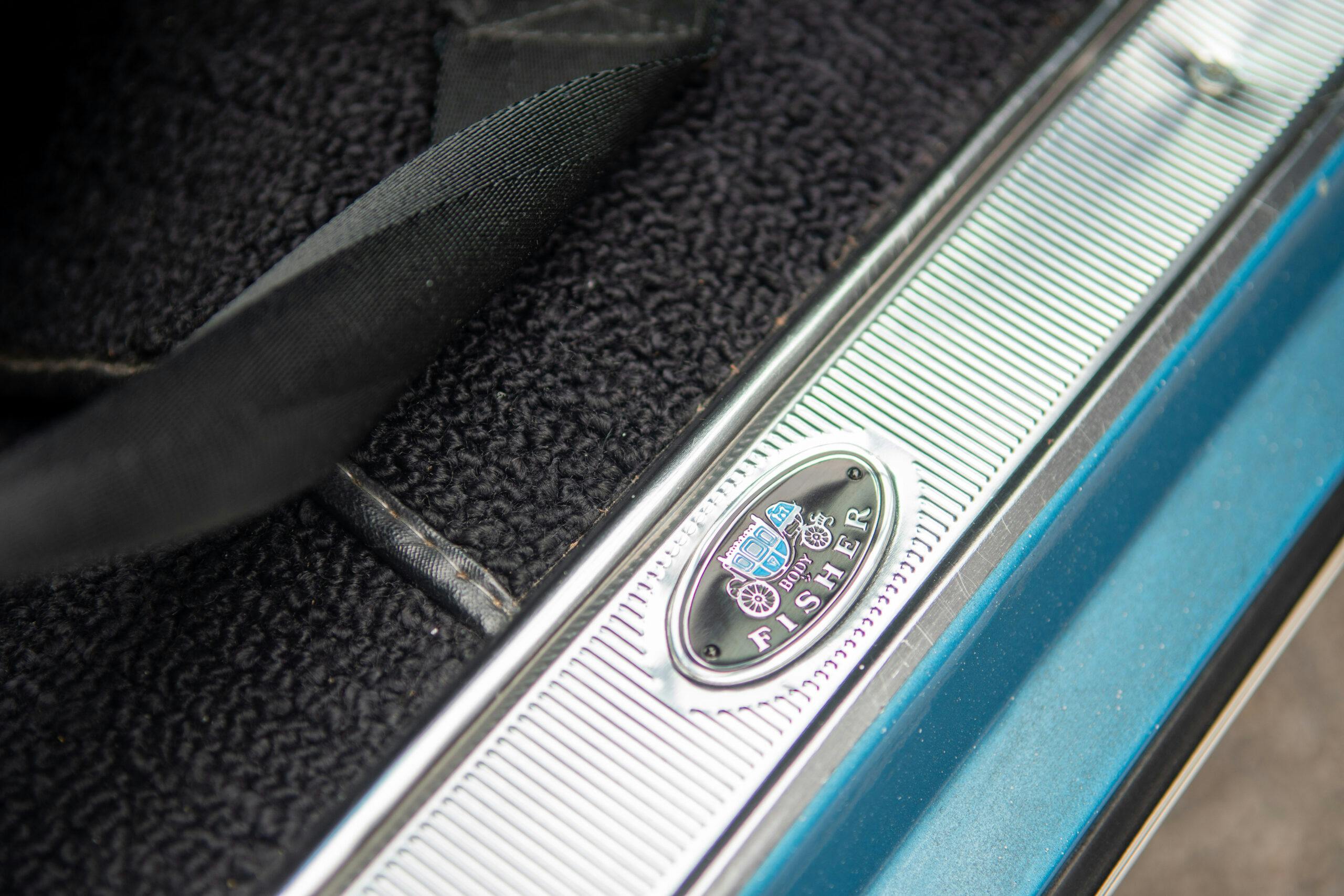
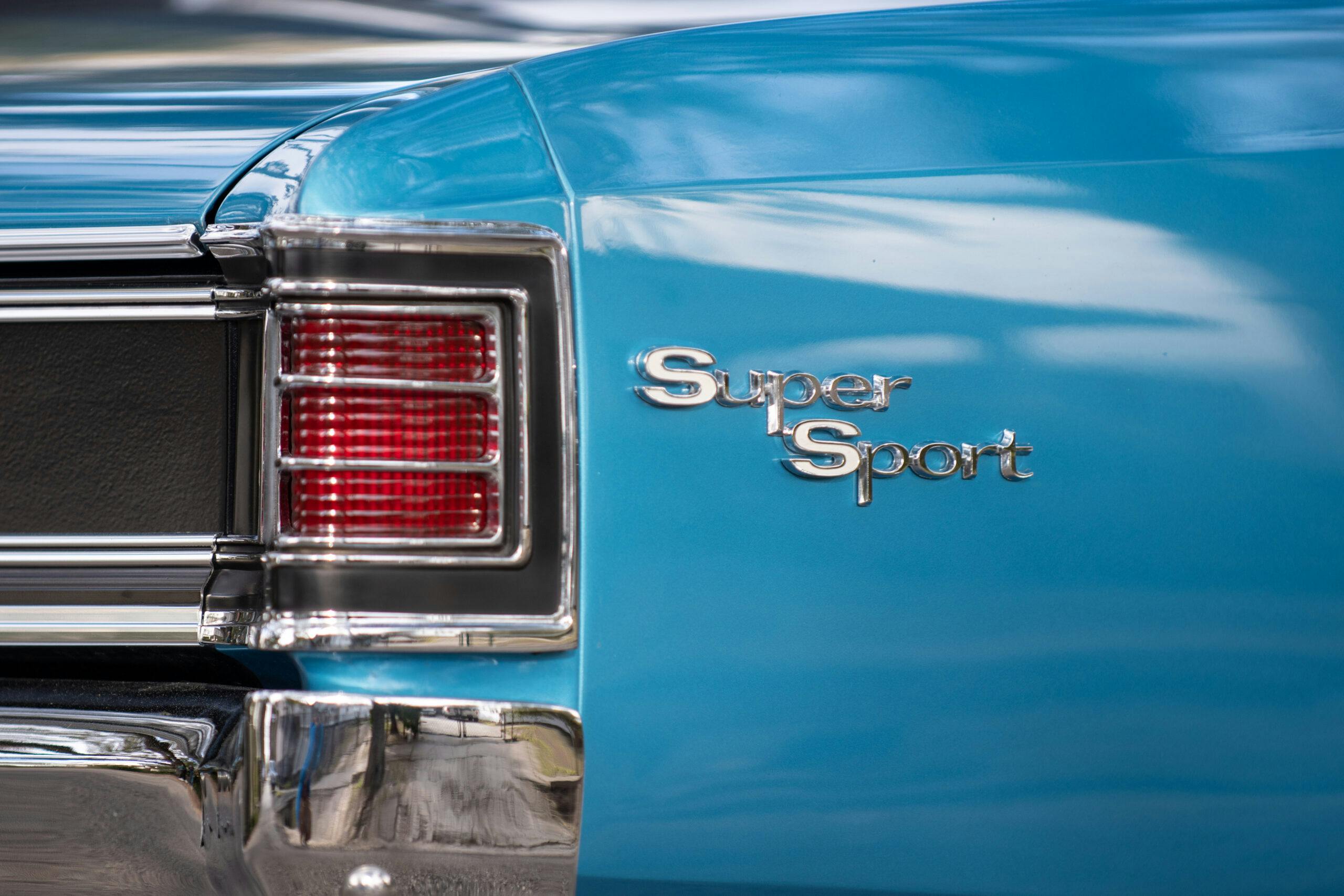
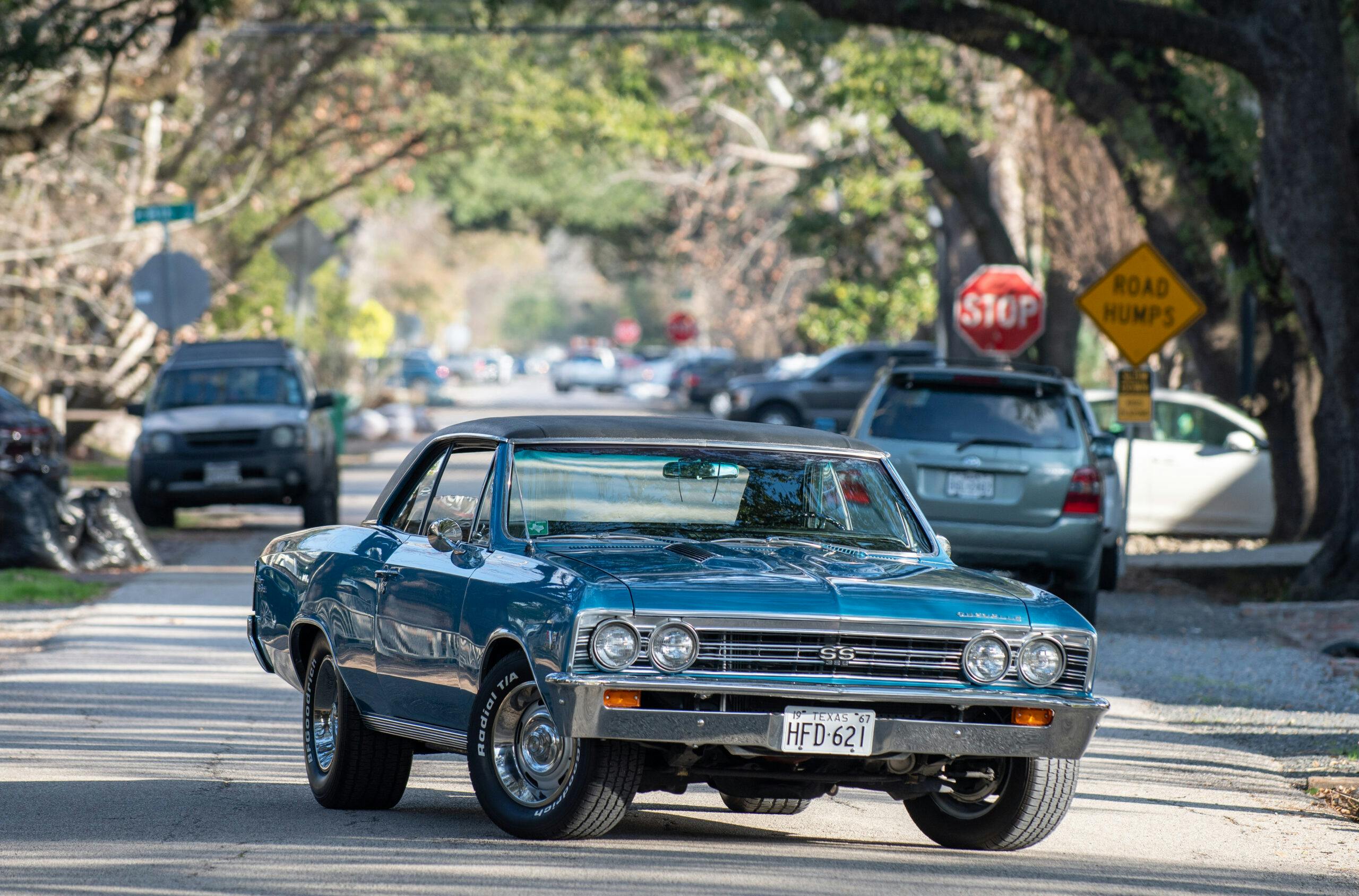
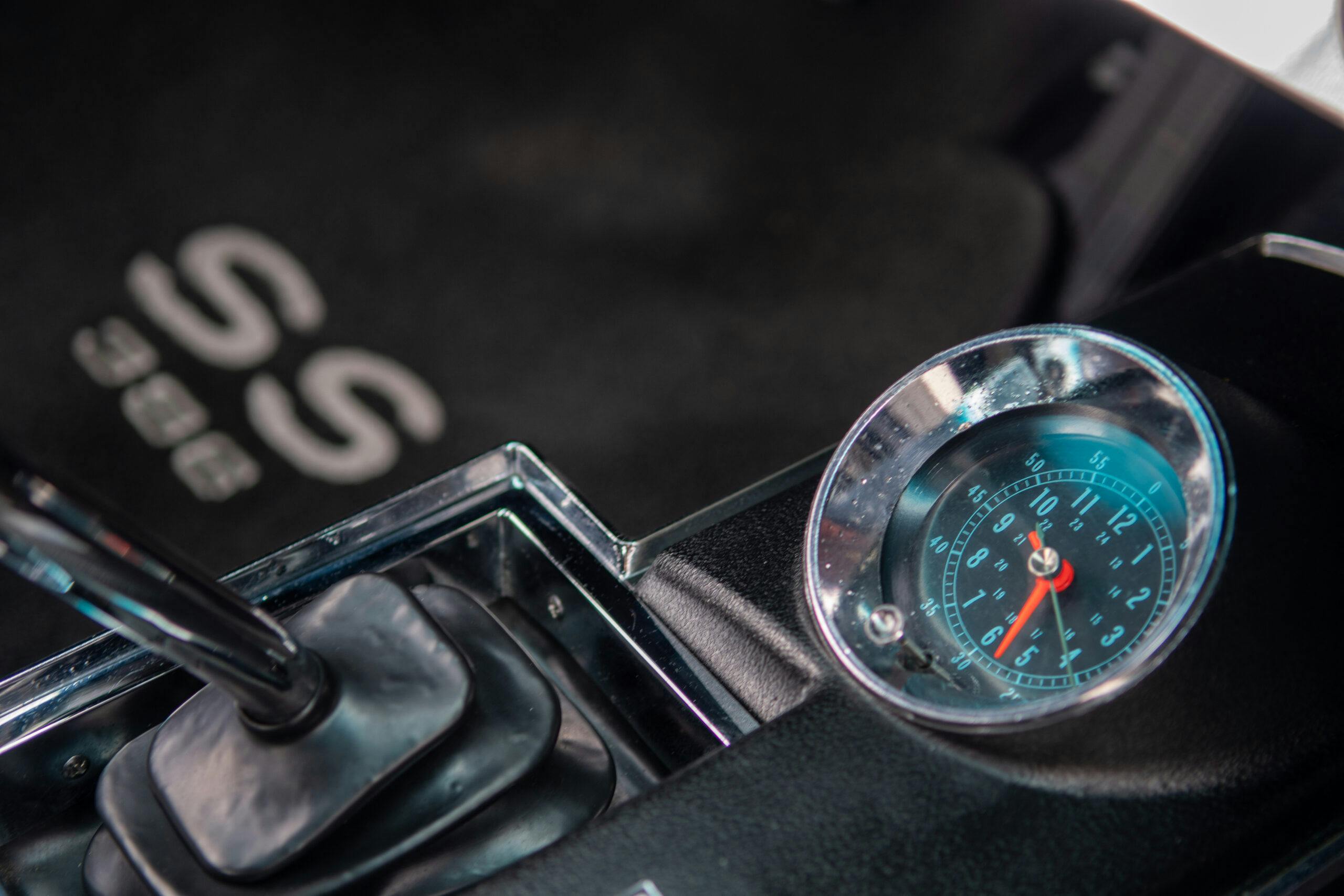
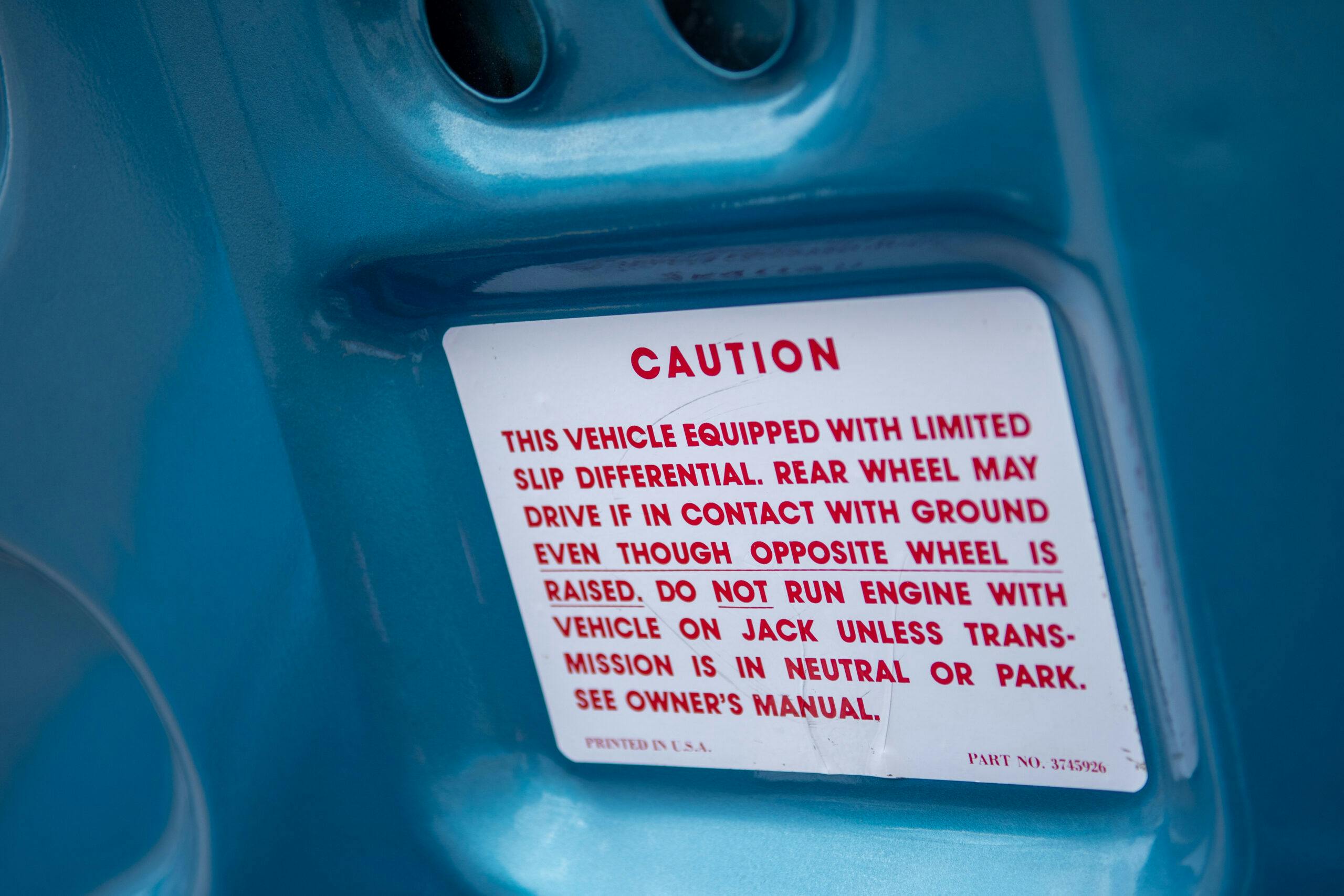
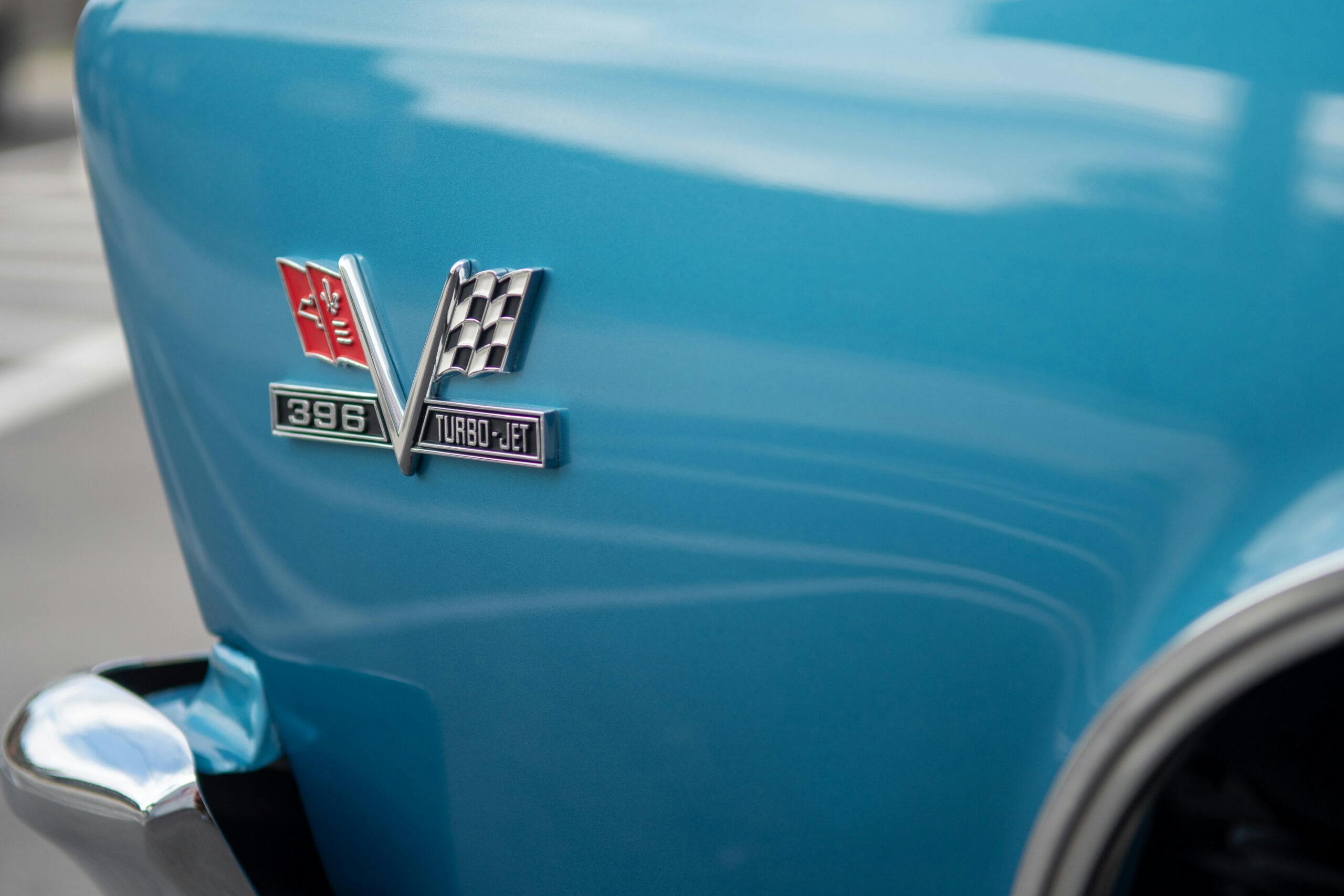
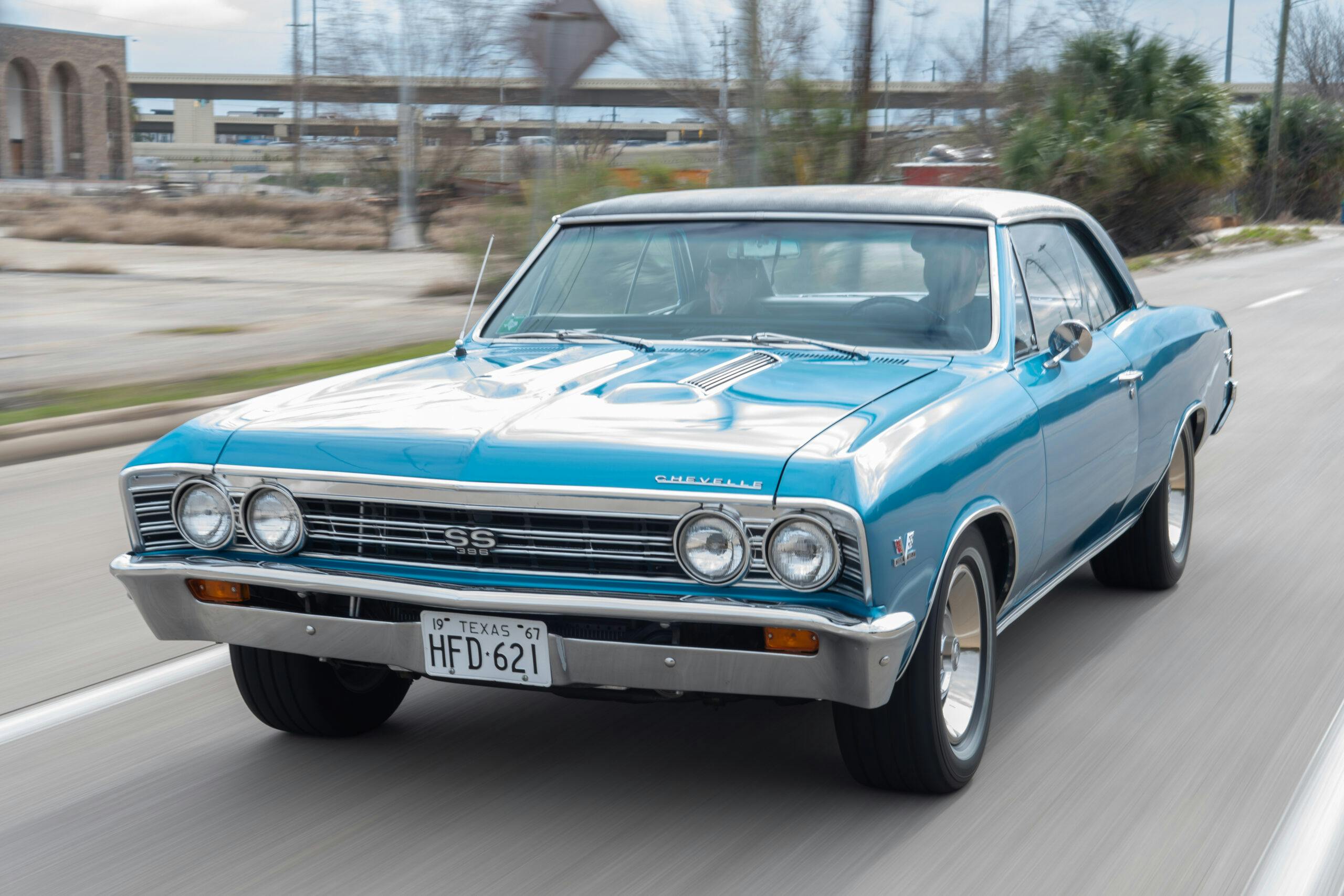
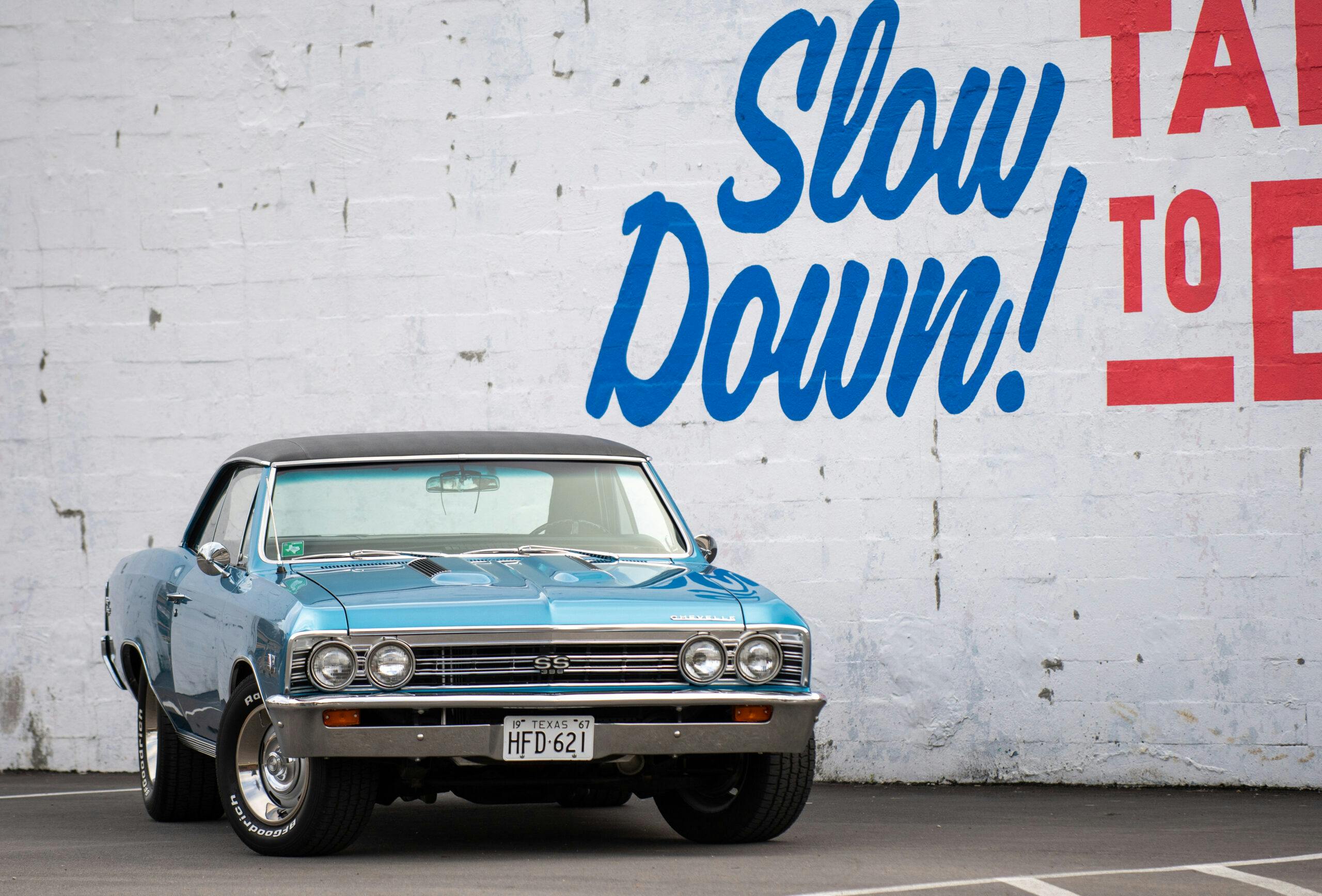

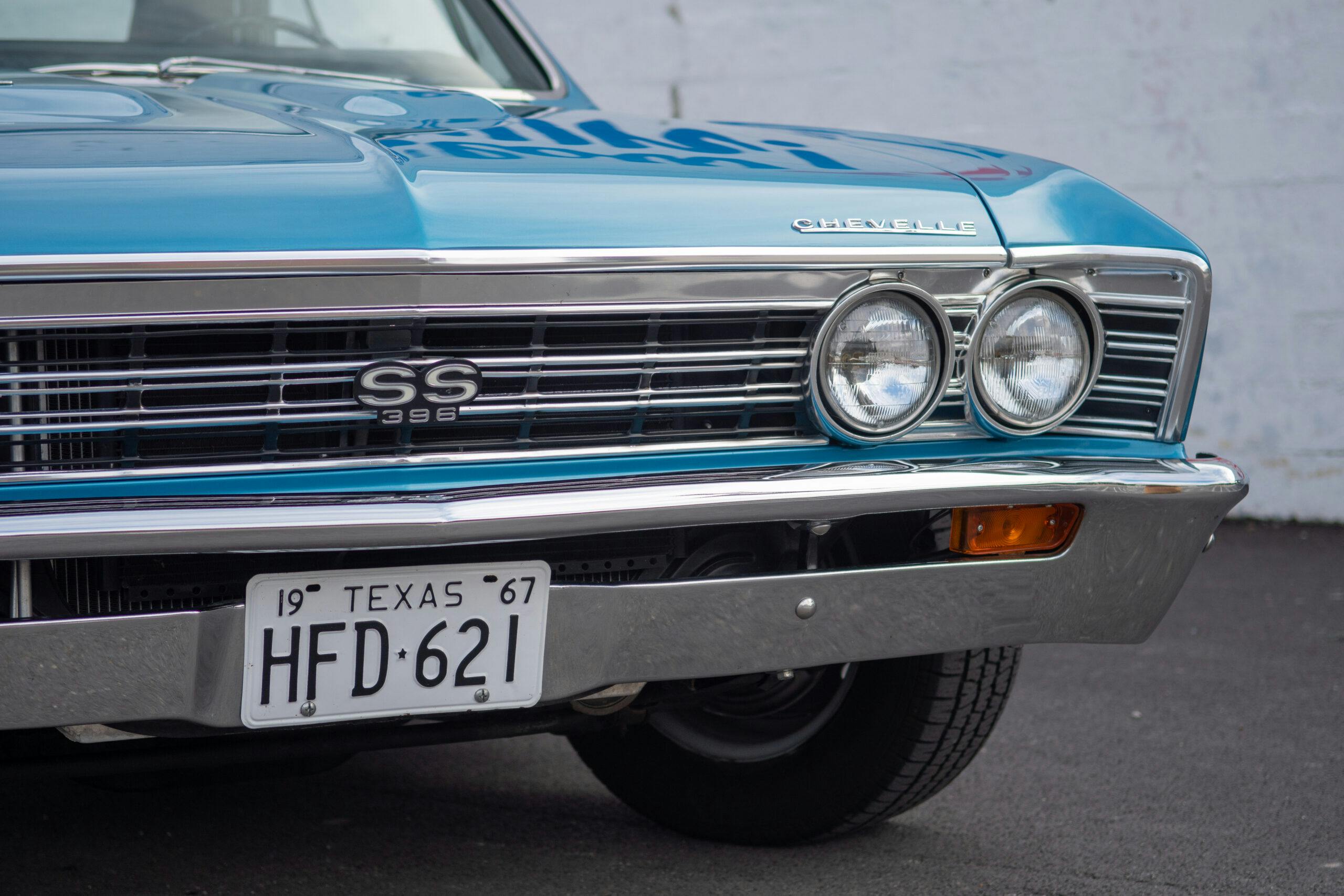
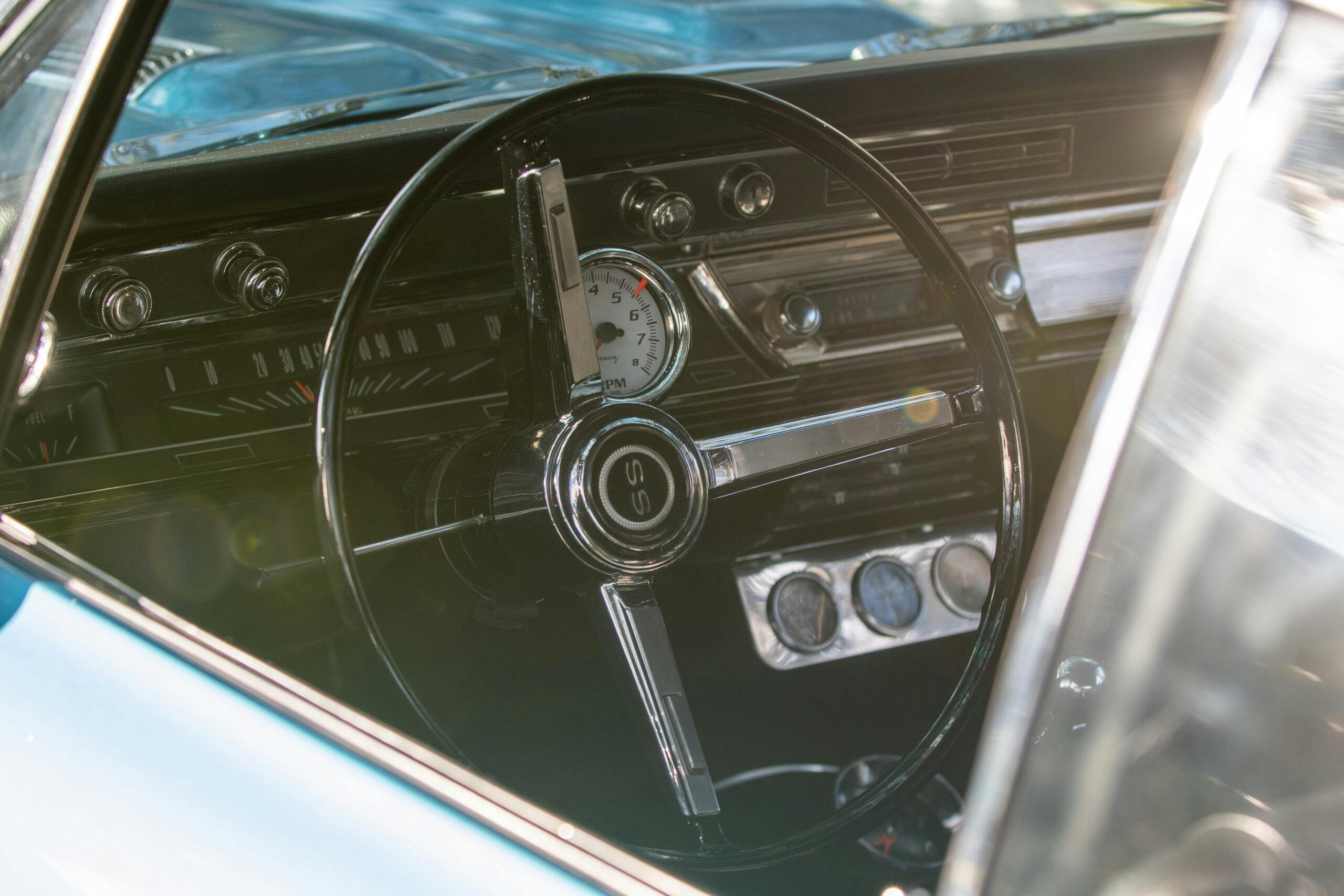
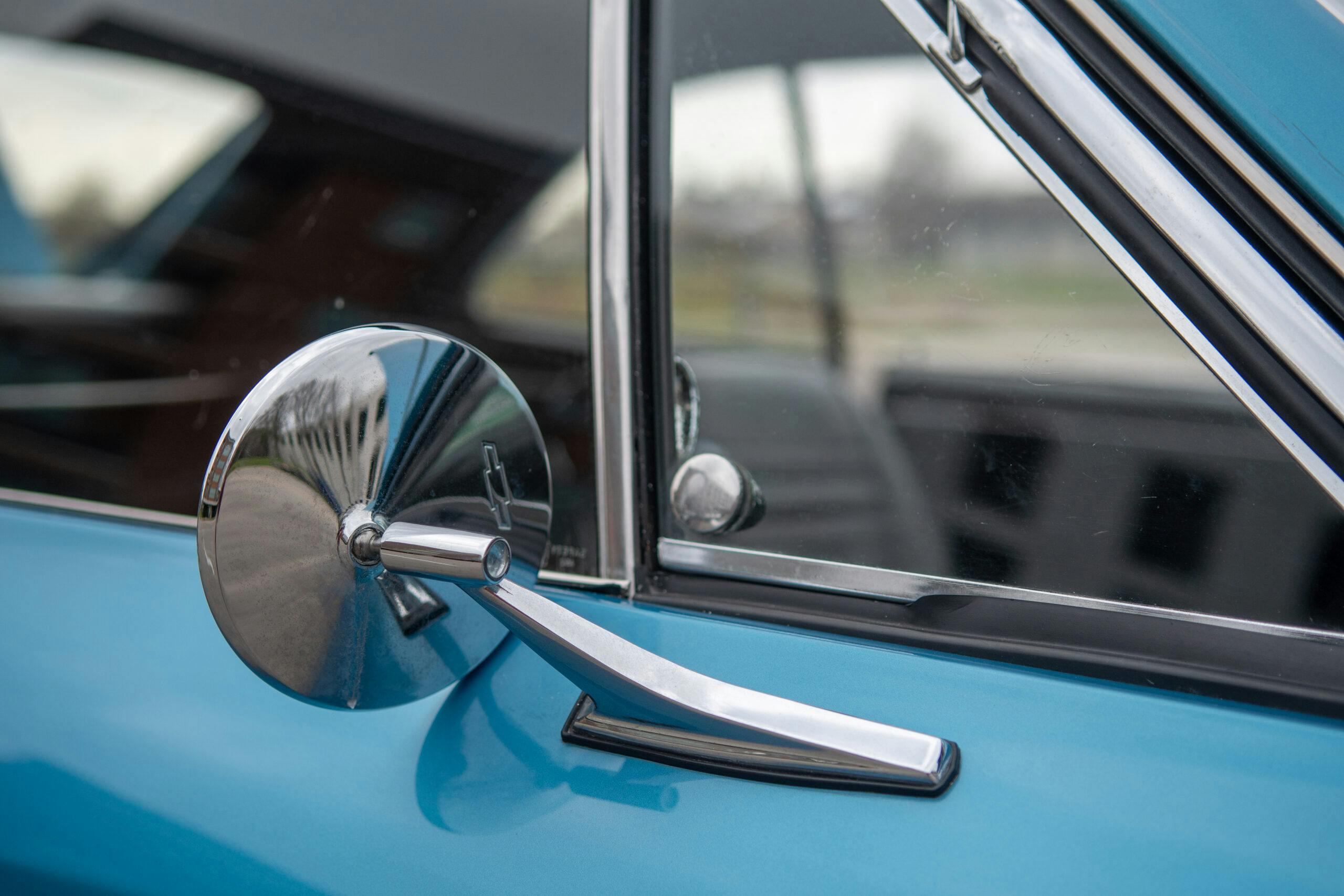
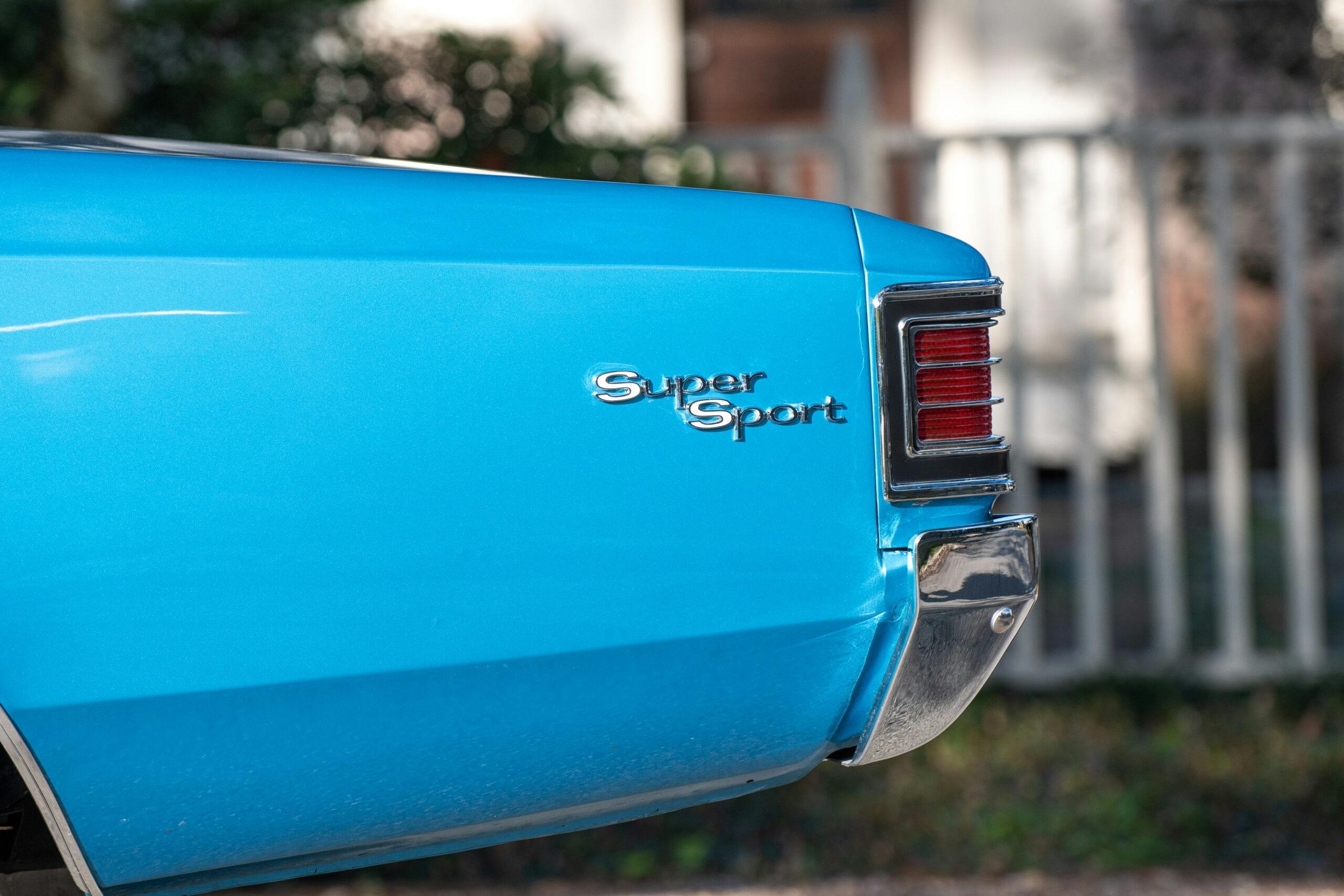

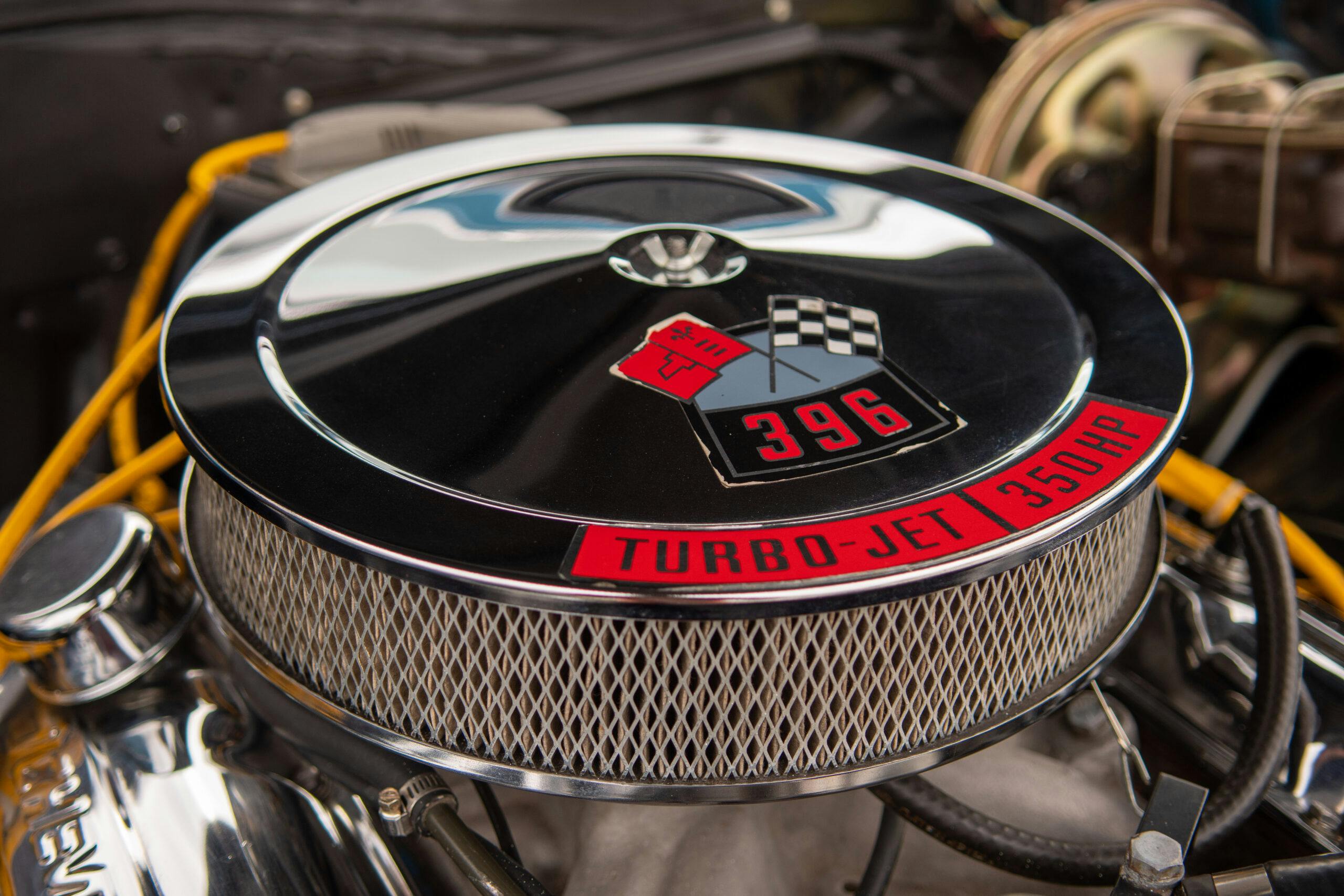
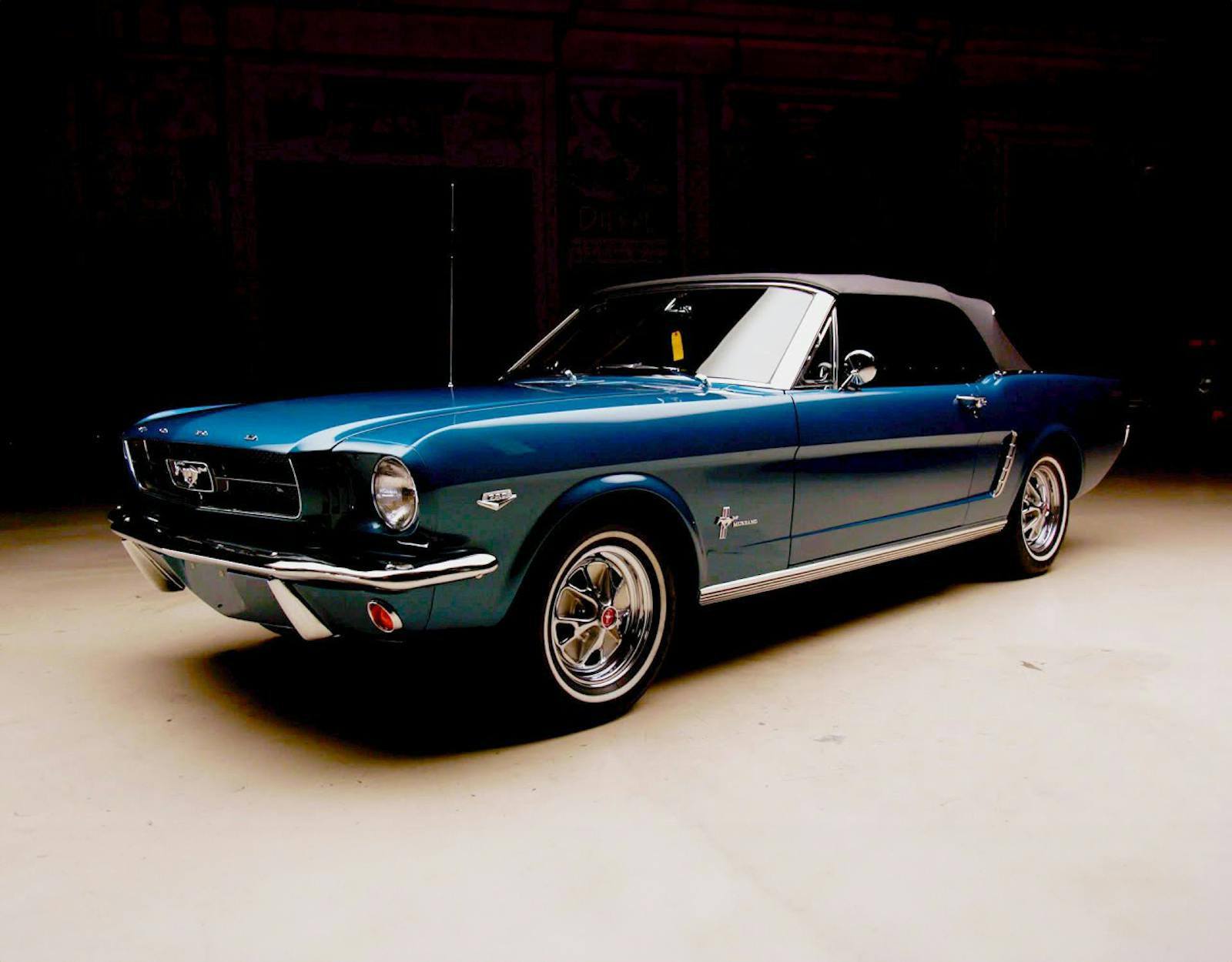
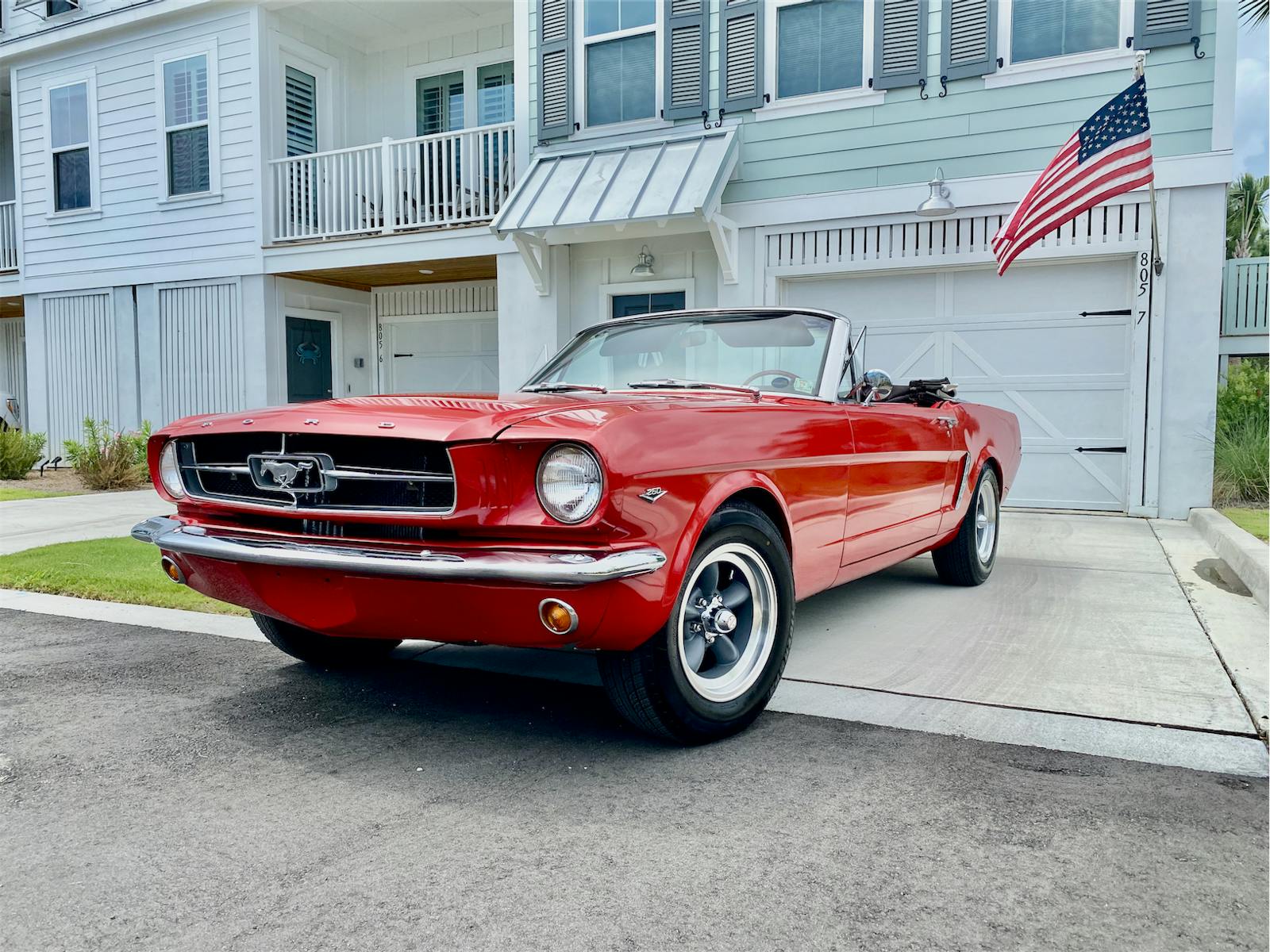
Within a group of about 35 car enthusiasts that I often hang out with, I think that 6 or 7 of them have Chevelles (more than any other car with the possible exception of Mustangs). And they generally draw as big a crowd at a show as anything else. They seem to have almost universal appeal. The General hit upon a number of wonderful vehicles in the mid-’60s to mid-’70s, with Pontiacs, Oldsmobiles, a few Buicks, and a slew of Chevys. They made a grand slam with the Chevelle. I remember that there was almost total lust for them when new, and it hasn’t diminished. They were simply good-running, good-looking, and affordable cars.
I had a 1964 Series 300 2-door wagon (283 + PowerGlide) and a 1966 SS 396 hardtop (4-speed) back in the day, and out of ALL of the vehicles I’ve owned and loved, I’d probably give up the most to have either one of them back in my stall. I’ve currently got a ’66 SS front clip with minor damage in my barn for sale, if any of you are in the SW Idaho area (we don’t want to talk about shipping, I’m sure!)…
I’ve had my 68 Malibu convertible for over 40 years now and don’t think I’ever seen or read an article about Chevelles that didn’t center on the 396. I’ve even had people at car shows that tell me it’s not a Chevelle. While it’s nice to read an article on Chevelles, there are cars out there that aren’t big blocks.
Our middle boy has a ’64 Malibu SS El Camino with a bone-stock 283 (which came out from under my bench). He said he didn’t want or need tons of displacement to enjoy that relatively little car.
Currently, I have two 1967 El Camino’s , one 1964 Chevelle, El Camino, a Chevelle 4-door and am working on a ’66 Chevelle for my next acquisition. I’ve owned the ’64 El Camino for nearly two decades and I don’t think I could ever sell it. It has too much of my blood in it. 🙂 It now has a Sniper fuel injected 327 with a Smokey Ram intake, a Tremec 5-speed, full tubular arm suspension with KYB shocks and big sway bars and an AGR fast ratio steering box. It rides and drives wonderful. The 4-door has an original 283 that will have EFI this summer. The suspension is similarly equipped and the other two El Camino’s are going that same direction.
I bought a ’67 SS 350HP 396 4 speed manual steering/brake car back in ’84 when I was 17. I remember the first time I ran it through the gears up to around 100 mph. Smiles from ear to ear until I tried to slow the car down where the pavement ends near our house. The drum brakes faded and I had the gravel doing 50mph and felt very lucky I learned that lesson without wrecking the car. Some guy offered me $4000 for it a year later so I sold it. I do regret selling it, but if I ever buy another it will be a ’66 or ’67 small block 4 speed car. An L79 would be perfect.
My first car (still have it) when 17 in 1986 was a 67 L-79 327. Doing the “20 year long restoration”
I have owned dozens of Chevelle’s and Malibu’s. But the first one I bought for $1100.00 back in 1971 was a 67 SS 396 and thanks goodness I still have it today. Drove it the last 2 years I was in high school. I have had 5 or 6 motors in it including a 428 SD 455 out of a Grand Prix. A high winding 12.5 to 1 compression 327 with 4.56 gears. Several 396’s. Love that car!!!!!
I have always called them “Malibus”, although I realize that not all Chevelles are Malibus; it just has a more exotic ring to it (no doubt due to Malibu Beach) than “Chevelle”. Similarly, I call all “Chevy II’s” “Novas”, even though not all are. “Chevy II” always sounded like an unimaginative, boring name – kind of like “Mustang II”, or worse yet, “LTD II”.
That said, the 1967 is my absolute favourite year of the Malibu/Chevelle.
Bought my 1966 SS396 new in December 1965. Still prefer the 1966 model year. Sleek and subtle in design. Sold it to my younger brother in 1970; we both wished we had kept it.
In my high school years (67-70) during lunch, we all watched one of the local “old guys” who worked on a ranch just outside of town, idle in third gear past the school house in his Marina Blue 396 SS. Telling each other what a waste of a car on that old timer! Yes we all wanted to see what his 396 was all about, 325HP probably but what if it was a 375HP! Well he ended up selling it to another local old cowboy friend of his and that man kept it until 1978. I had asked this gentleman if he ever wanted to let it go to let me know and one day he did that. So I finally found out what this Super Sport was all about. It was a joy and with the 396 325 horse version and the 4 speed, that combination in a 67 Chevelle was all that I ever wanted anyway! In a couple of years I was married and with a new son and a hospital bill that was close to the value of my Chevelle I ended up selling it to pay for him! Even he tells me, “Dad you might have made the wrong choice”…… As we both love the muscle car era cars.
My very first car was a ‘66 Chevelle, 283 Powerglide in Sunflower Yellow with black interior that I bought in 1969. Even at only three years of age, that car didn’t do well going through Chicago winters with patches of rust already showing up on the lower panels from the rear wheels to the bumpers. I only owned it for 2 years. Because after doing that corrective body work, having to change out a worn cam on the engine, installing dual exhaust and respraying the body, my work was for naught because a speeding bread truck ran a red light and T-boned me. I obviously survived but the whole right side of the car didn’t. The insurance company totaled the car. To this day I wish I still had that car.
Wish I still had my 66 Chevelle, 327 4 speed red with black vinyl top black interior and it could give a lot of big block cars a run for the money, I was so happy with that 327 that I ordered a 1968 El Camino with the L79 327/325 hp 4 speed, that L79 was one powerful engine took it to the dragstrip and won a few trophies in stock class against cars with larger engine’s.
In 1967, a friend on a tight budget ordered a new ’67 Chevelle that I submit as one of the all-time great bargain rockets. Of course, in those days, if you were willing to wait, you could order any possible combination of bits from The General. This one had the 325 hp 327, 4-speed and I think a Hurst shifter, the handling springs, shocks and sway bar (bars?), and front disc brakes. Oh, yeah, and a radio. Otherwise it was bone stock bottom of the barrel. Plaid bench seats, etc. It was amazingly low cost and an amazingly great car. Without all that cast iron in the nose, it gave away little or nothing to the SS396 in a straight line and was much better handling. That engine was terrific and trouble free.